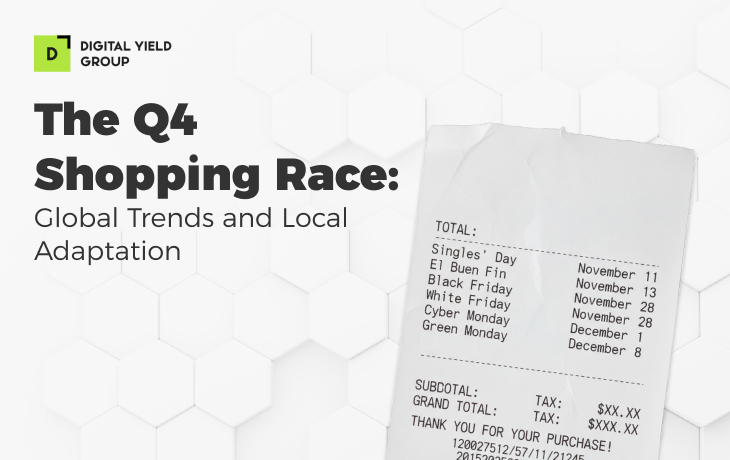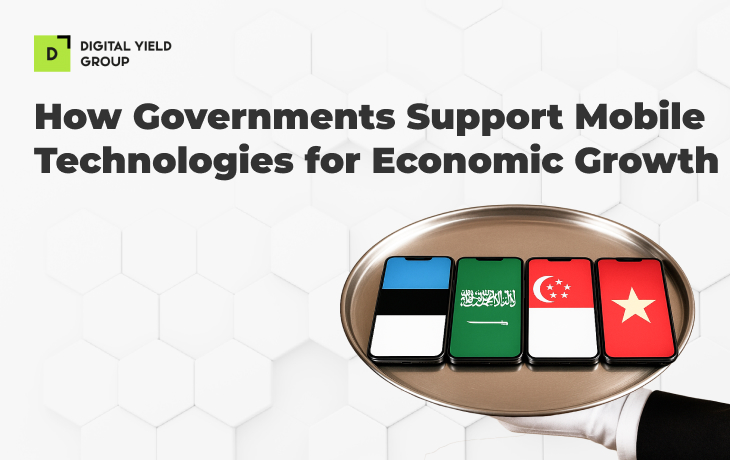The Overseas Expansion Strategies of Chinese Mobile Game Publishers

I. Introduction: The World Stage Beckons for China’s Gaming Giants
China’s mobile gaming market is projected to reach $66.13 billion in 2025. With a domestic market worth $61.40 billion in 2024, the mobile gaming giants are gearing up to take the global stage. Driven by widespread mobile adoption and 5G networks, China already accounts for over 31% of global mobile gaming revenue and more than a quarter of the world’s mobile gaming population. For now.
Faced with tightening regulations, such as strict playtime limits for minors, and fierce internal competition from giants like Tencent and NetEase, top Chinese studios are shifting focus outward. And they’re well-equipped for it. The global games market, valued at $187.7 billion this year, with $92 billion from mobile alone, presents both scale and momentum that can’t be matched at home.
What gives Chinese publishers an edge abroad is a homegrown culture of technical excellence, battle-tested monetization models, and some of the most demanding mobile gamers in the world, who expect nothing less than the highest-quality graphics and intricate storylines. Now, with AI driving even more personalized and immersive experiences, China’s most capable studios are entering international markets not just to compete, but to lead.
II. Core Expansion Strategies: A Multi-faceted Approach
Chinese mobile game publishers employ aggressive user acquisition, strategic investments, and meticulous adaptation of gameplay and monetization.
A. Aggressive User Acquisition & Marketing
Global growth is built on bold acquisition strategies and relentless optimization. Chinese publishers are targeting high-potential, cost-effective regions such as LATAM, EMEA, and parts of APAC, where CPI remains significantly lower than in North America (e.g., iOS CPI: $8.19 in North America vs. $3.91 in APAC). Video ads dominate their media mix, offering low CPA and strong returns. For instance, 86.1% of the ad spend for Last War: Survival was allocated to video, achieving Day 7 ROAS as high as 20.9%.
Performance DSPs play a key role in bridging the gap between Eastern gaming brands and Western markets. These platforms provide critical access to Ad exchanges and SSPs across the U.S., Europe, and LATAM, along with the technical infrastructure to run and scale global campaigns. Full-service DSPs act as strategic partners, offering expertise, creative solutions, and managed services, which are especially valuable for Chinese publishers in unfamiliar foreign markets.
Meanwhile, User-Generated Content and local influencer collaborations are powerful tools in the UA toolkit. UGC often drives up to 4x higher ROAS than branded assets, while influencers build trust and cultural relevance, reducing CAC and increasing user engagement. For publishers expanding globally, success depends on thoughtful budget allocation across the right markets, formats, and channels—with video and UGC consistently proving the most effective.
B. Strategic Investments & Acquisitions
To reduce reliance on the domestic market and accelerate global growth, Chinese gaming giants like Tencent and NetEase are building international portfolios through targeted investments and acquisitions.
Tencent has assembled one of the most influential global ecosystems in gaming. It fully owns Riot Games (League of Legends, Valorant) and Supercell (Clash of Clans), while holding major stakes in Epic Games, and Ubisoft. This network spans content creation, distribution, and platform integration, positioning Tencent as a central player in the global gaming value chain.
NetEase, meanwhile, is pursuing a dual strategy. It continues to scale its self-developed titles (think Naraka: Bladepoint and Identity V) while also acquiring and partnering with Western studios, including its notable acquisition of Quantic Dream. NetEase has publicly stated its goal to generate 50% of gaming revenue from international markets and to support 25% of all global AAA game releases.
These strategic moves provide access to top-tier talent and creative collaboration. While geopolitical tensions add complexity, gaining exposure to global development pipelines and creative expertise remains a clear priority for Chinese publishers pushing to lead on the world stage.
C. Gameplay & Monetization Adaptation
Successfully expanding overseas requires more than translation—it demands thoughtful adaptation of both gameplay and monetization to match local player behaviors and spending habits.
The dominant model remains Free-to-Play, built around in-app purchases. But the approach is far from one-size-fits-all. Publishers rely on “soft monetization pressure” which allows players to progress for free, while subtly encouraging spending through time-limited offers and strategic gating. Tactics like limited-time banners tap into FOMO and often drive short-term revenue spikes. Meanwhile, rewarded video ads play a key role in retention, offering players small in-game rewards in exchange for watching ads.
Behind the scenes, performance is constantly measured. Publishers track ARPU and LTV to fine-tune their strategies: Games like Rise of Kingdoms have seen this pay off, tripling ARPU and doubling Day 7 ROAS with optimized monetization and engagement loops.
III. Looking Into the Future
As China’s mobile game publishers move into their next phase of global growth, the focus is shifting from speed to strategy. The early “gold rush” mindset is giving way to more selective, ROI-driven expansion, with an emphasis on markets that offer strong potential at lower acquisition costs, particularly across LATAM and EMEA.
But the landscape is becoming more complex. Stricter domestic regulation, intense competition from other entertainment sectors, and geopolitical uncertainty (including trade tensions and the threat of platform bans) are real hurdles. Still, Chinese publishers remain remarkably well-positioned, thanks to their adaptability, technical depth, and global ambition.
Looking ahead, AI is set to reshape the competitive landscape. The publishers who master integrating AI into every layer of their marketing stack will have a clear edge. Already, the leaders are combining performance DSPs, influencer partnerships, and UGC to maximize engagement, boost ROAS, and scale effectively across diverse markets. For global marketers and developers alike, understanding these evolving playbooks is absolutely essential.
Conclusion
The rise of Chinese mobile gaming on the world stage reflects more than just scale, it signals a shift in how global success is built. Publishers are no longer just exporting games; they’re exporting refined, data-driven strategies, honed in one of the world’s most competitive ecosystems. For any mobile marketer or gaming brand aiming to stay competitive in the most dynamic corner of the app economy, standing still means falling behind.


